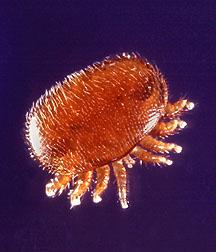New Beekeeper in the Apiary
My dad has joined our fun in the apiary. He took his class with Joe from Country Barn Farm in late October. We let him follow Christian with the smoker for the first two hives. Then the last was all his. He successfully found the queen (at least the one I marked from this year since we know we have had two in there).Winterizing the Hives
How many of you know what a beer cozy is? Imagine that for a hive and you have a Bee Cozy! All of our hives had a last check for health. The hives had their entrances swapped with a https://www.mannlakeltd.com/10-frame-mouse-guard. We slid a bottom board in and elevated the rear of the hive at the bottom about an inch. Then slipped the Bee Cozy on. We have two screws at the bottom above the hive entrance to keep the plastic up to allow the bees to come and go.
Christian made a hive feeder shim to give us space to feed the bees over winter and made a quilt box to prevent moisture build up in the top of the hive and have it drip down during the cold months. This also made the hives a bit taller.


















































